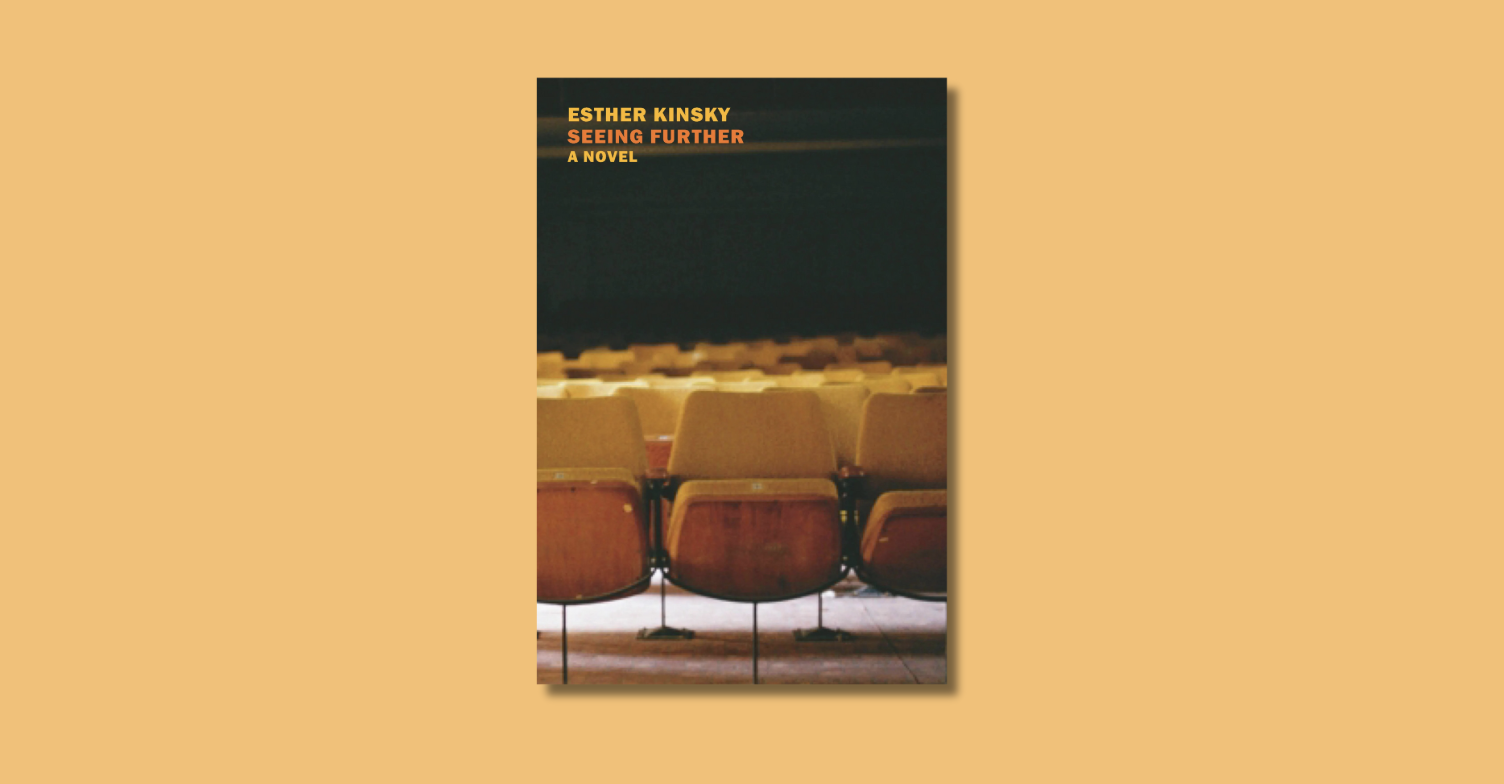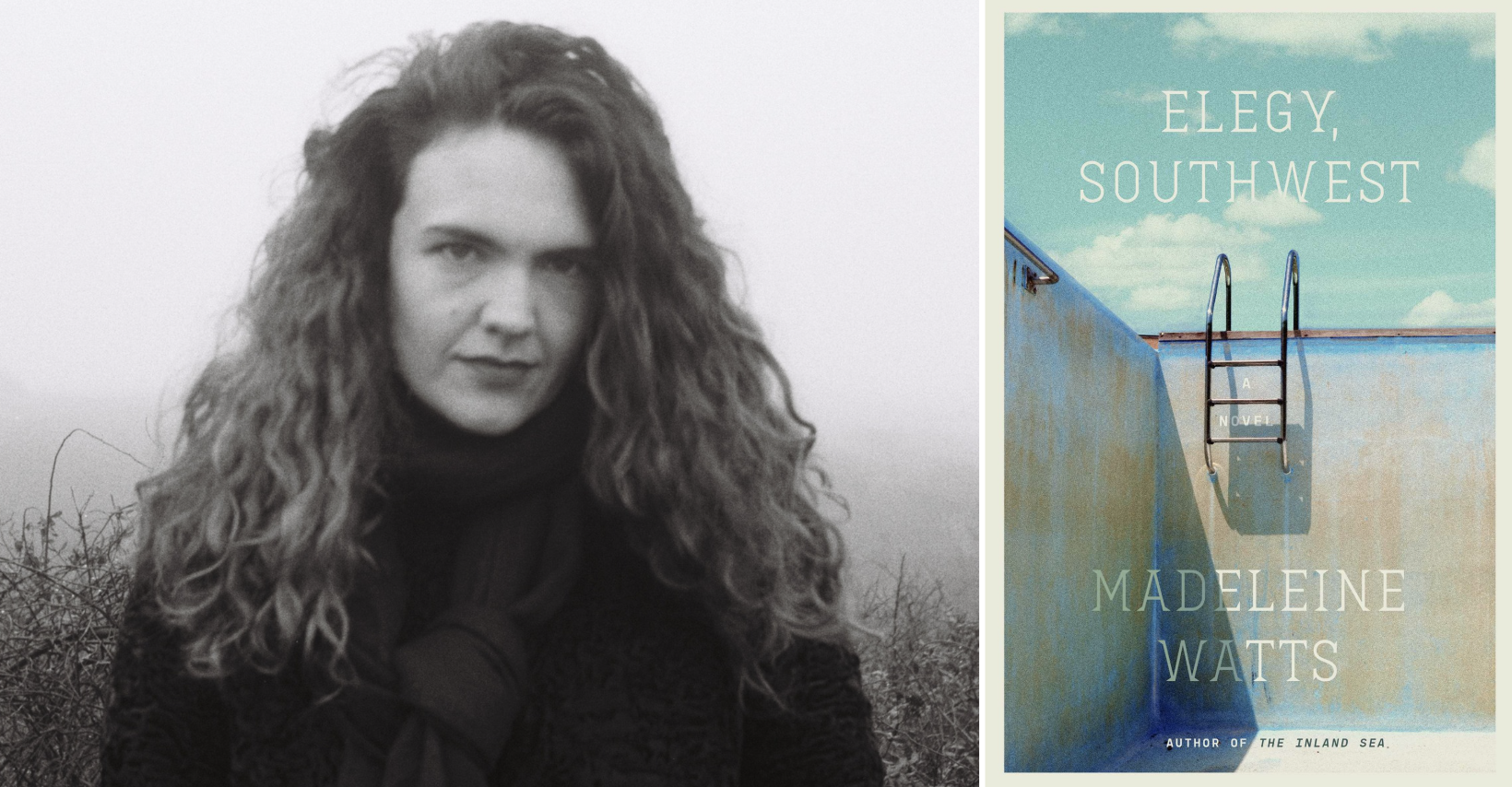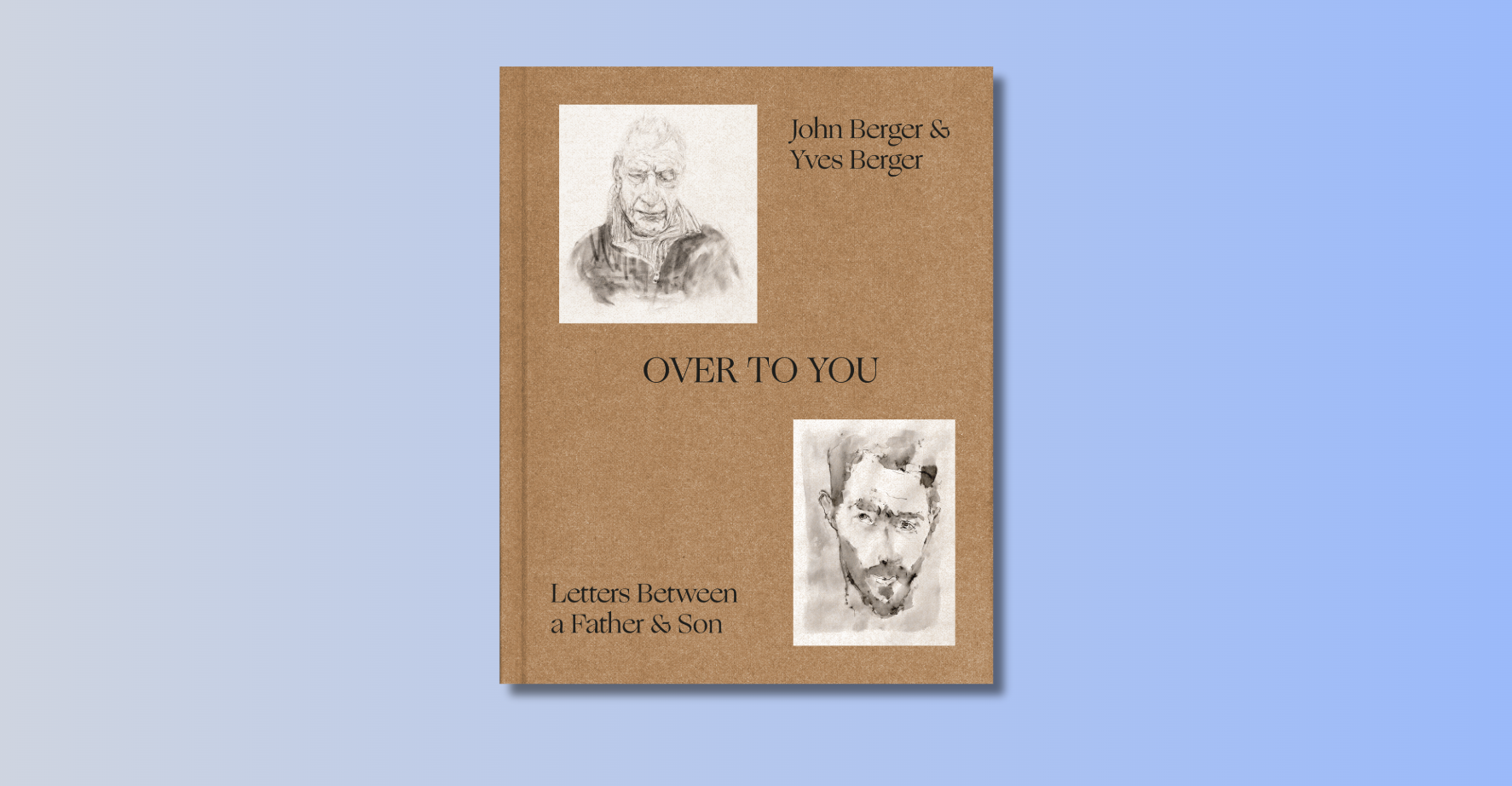
In the fall of 2009, I set out to read a biography of each American president in chronological order. So far, I’ve made it to James Buchanan (#15).
When I tell people about this project, I routinely get two questions.
The First Question: Why?
The short answer is that I want to be the kind of woman Josh Lyman would date, which in turn is a way of saying that I want to be an Aaron Sorkin character. The long answer is about context.
Living in a country with 235 years of nationhood under its corn belt, I have only a fuzzy knowledge of the men who led us here. I know who signed the Declaration of Independence, won the wars, had the prettiest or wackiest wives, and made landmark decisions or landmark mistakes. But who are all these other guys? Which of them decided to build a transcontinental railroad, sign the Equal Rights Amendment, or settle the Oregon border? Did you know Millard Fillmore’s wife established the White House library? James K. Polk increased the size of the country by 500,000 square miles. John Tyler abandoned his own party while in office, and was later elected to the Confederate Senate. Zachary Taylor was Jefferson Davis’ father-in-law. Martin Van Buren’s first language was Dutch. Thomas Jefferson and John Adams visited Shakespeare’s home in Stratford together.
The march of American history doesn’t leap-frog from one monumental achievement to the next. When people ask me why I’m reading 44 presidential biographies, they’re really asking whether or not it’s boring, which it certainly can be (the blog where I write about the project is called At Times Dull, after all). In reading biographies rather than narrative history, my subject matter is constantly repeating. I went through the American Revolution six times, because the first six presidents were each personally involved. Reading about that phenomenal time period over and over – each time through the lens of a different extraordinary life – was fascinating. Reading about the Compromise of 1850 four times? Far less so.
But therein lies the worth of the experience. We’d like to build a national reputation around triumph and the progress of civil liberty, but we’ve spent just as much time making bad decisions. To read through American history chronologically is to give equal attention to both stripes.
I’ve just reached the end of the streak of presidents between Andrew Jackson and Abraham Lincoln remarkable for how rarely they’re remembered. They are Van Buren, Harrison, Tyler, Polk, Taylor, Fillmore, Pierce, and Buchanan, and you will not find their faces on money. Their hallmarks are the Mexican-American War, expansion to the Pacific, and the Industrial Revolution, but mainly they spent 35 years scrambling to keep the country together by any means possible. Let me tell you this: anyone who says Abraham Lincoln’s legacy is exaggerated has never spent seventeen months reading about antebellum politicians.
Reading about them is to dwell in that long, uncertain, muddy time when the most an outgoing president ever boasted was a long series of compromises. And yet, each of them got up every morning with the weight of the nation on their shoulders and worked late into the night. (Polk actually micro-managed the executive office, working so hard that he sometimes went weeks without leaving the White House.) Learning about their times, watching them navigate the unglorious periods of our history with as much wisdom as they can muster, has changed the way I think about America much more than reading the lofty words of Jefferson and Madison ever could. And much as I love Washington, Adams, and Jefferson, I have a much more personal affection for the likes of Madison and Fillmore.
Which Brings Me To The Second Question: Who is your favorite president?
How my heart swells to say it: John Quincy Adams.
JQA entered public service at the age of 14, when he accompanied family friend and diplomat Francis Dana to St. Petersburg. During Washington’s administration he was a diplomat to the Netherlands, later traveling to England to help finalize the Jay Treaty, then serving as minister to Prussia. He returned to America for a short time during which he worked two jobs – U.S. Senator and Harvard Professor of Rhetoric – before going back to Europe as America’s first ambassador to Russia. He left Russia to negotiate the Treaty of Ghent, which ended the War of 1812, then served for two years as a Minister to Britain before being appointed Secretary of State for President James Monroe, whom he helped to draft the Monroe Doctrine.
He was a lovely old grump. He got up every morning between 4 and 6 a.m., read the Bible, translated some Latin or Greek, and went for a walk, usually culminating in a frigid swim. When he lived in Russia, he swam in the Neva, on whose banks he would frequently run into the tsar. That he was a genius is no question. Everyone from Washington to Franklin to the King of England said he was one of the keenest statesmen they’d ever known, and by the time he ran for president in 1824, he was easily the most experienced.
He was not a good president. His heart belonged more to the boulevards of Ghent and London than the muddy paths of Washington. The grand ideas he had for internal improvements, university, museums, and observatories didn’t catch the imagination of the country, and he lacked the charm and tact to win them over. Additionally, Andrew Jackson, who had won the popular vote in 1824 but lost to JQA in a House vote, was out to get him. Jackson’s supporters blocked his legislation, and then defeated him in the 1828 election.
Humiliated and depressed, he retired to Massachusetts to read the entire works of Cicero in the original Latin. Despite his glittering career, he had always suffered bouts of self-loathing, stemming from his early fears that success came to him because of his father. He was all too aware that, to an outside observer, his life could appear to be a long string of nepotism and elite cronyism that ended in botching the highest office in the land.
“I will not desert in my old age the Republic that I defended in my youth,” Cicero wrote. At the age of 64, two years after leaving the presidency, John Quincy Adams ran for Congress. He served as a Representative from Massachusetts under the next five presidents, until he collapsed during a House session at the age of 81 and was taken to the Speaker’s chambers, where he died two days later.
JQA’s 17 years as a post-presidential Congressman were legendary. He quite literally had nothing to lose. Most of his colleagues were a generation younger, and he was vastly more experienced. He became an outspoken abolitionist, an issue no one else, politically, could afford to touch. He presented petitions for the abolition of slavery in Washington D.C., and found sneaky ways to evade the Congressional gag rule (forbidding debate of slavery). He argued the case of the Amistad sailors before the Supreme Court, and he orchestrated the founding of the Smithsonian. He wouldn’t give up, and he wouldn’t be quiet. John Quincy Adams was an Aaron Sorkin character.
His unpopularity as a president felt too similar to his own self-doubt, and he set out, in the fifth act of his life, to refute it. Remarkably, it worked. He became known as “Old Man Eloquent,” the nation’s last surviving link to the revolutionary generation, and was far more respected and popular as a Congressman than he had ever been as a president.
His was one of the most eventful lives in early American history. He met Catherine the Great and Charles Dickens. He met George Washington when he was a teenager, and served in the House with Abraham Lincoln when he was in his 80s. To remember him as the one-term, sixth president of the United States is like remembering Michael Jordan as an outfielder for Birmingham.
This month we commemorated the lives of George Washington and Abraham Lincoln, and we are right to do so. But the slow, busy procession of history is about so much more than the wins. The forgotten presidents are so much more than seat-fillers. John Quincy Adams was so much more than a president.
The Presidential Biographies I’ve Read (So Far)
- His Excellency: George Washington by Joseph Ellis
- John Adams by David McCullough
- Thomas Jefferson by R.B. Bernstein
- James Madison by Ralph Ketcham
- James Monroe: The Quest for National Identity by Henry Ammon
- John Quincy Adams: A Public Life, A Private Life by Paul Nagel
- American Lion: Andrew Jackson in the White House by Jon Meacham
- Martin Van Buren and the Emergence of American Popular Politics by Joel Silbey
- Mr. Jefferson’s Hammer: William Henry Harrison and the Origins of American Indian Policy by Robert M. Owens
- John Tyler, the Accidental President by Edward P. Crapol
- A Country of Vast Designs: James K. Polk, the Mexican War and the Conquest of the American Continent by Robert W. Merry
- Zachary Taylor: Soldier, Planter, Statesman of the Old Southwest by K. Jack Bauer
- Millard Fillmore by Robert J. Scarry
- Franklin Pierce: Martyr for the Union by Peter Wallner
- President James Buchanan by Philip S. Klein

(Image: George Washington (The Athenaeum Portrait), First President (1789-1797) from nostri-imago’s photostream)








